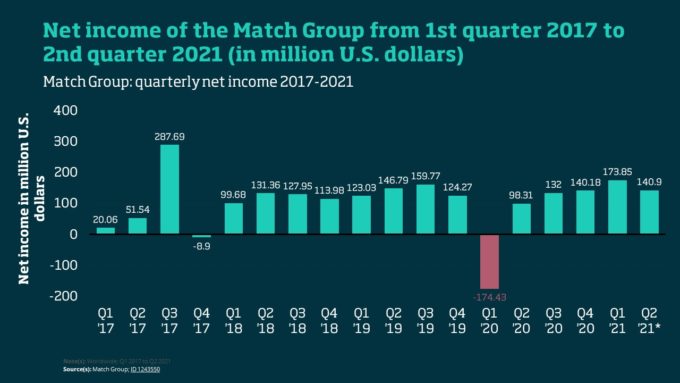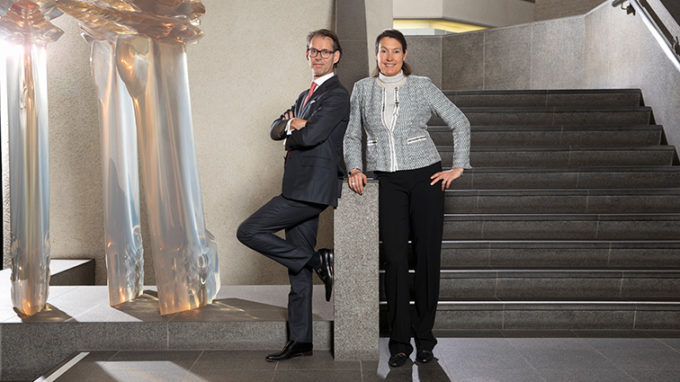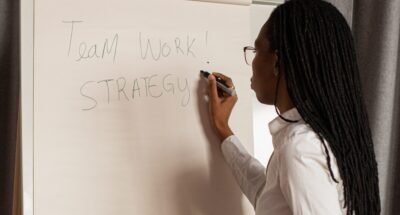From shareholder to stakeholder capitalism
At the same time, performance indicators are shifting from traditional areas such as financial return towards newer and broader stakeholder concerns about the environment, sustainability and diversity. COVID was an opportunity for boards to rethink CEO performance to better reflect pressure from investors, consumers, and regulators for progress on companies’ environmental, social or governance (ESG) targets.
This reflects the belief that lasting shareholder value creation stems from nurturing better relationships with all stakeholders. CEOs are now expected to promote inclusive workplaces and reduce inequalities, safeguard the wellbeing of employees, and decrease the organization’s impact on the environment.
At the Dutch nutrition company DSM, the remuneration of co-CEOs Geraldine Matchett and Dimitri de Vreeze is based on short and long-term targets that go beyond shareholder returns and include reducing greenhouse gas emissions.
The key to sustained high performance in the top job moving forward will be balancing these increasingly varied performance metrics. This forms part of a broader shift in corporate culture that is seeing CEOs speak out and take action on a range of societal issues such as climate change and global inequalities.
CEOs are being held accountable for not just professional but personal conduct, as higher ethical standards permeate the C-suite. There’s been a greater focus on the behavior of leaders in the wake of the #MeToo movement that has helped reshape corporate culture and social norms.
A PwC study found ethical lapses were a greater driver of CEO departures than even financial performance or board struggles. Last year, fast-food chain McDonald’s sacked its CEO Steve Easterbrook due to his consensual relationship with an employee.
Personal misconduct can have serious repercussions for companies, hitting investor confidence and isolating customers, employees and suppliers. CEOs and their boards must swiftly ascertain failings, investigate allegations of misconduct, and reassure stakeholders that positive change is taking place.

Audio available

 Audio available
Audio available






